When you think of gods and deities, what usually comes to mind? The Abrahamic God, with his singular power over the entire universe? What about Ra, the sun god of ancient Egypt? Or perhaps Phanes, the Greek gods’ original ancestor according to the legendary poet Orpheus?
These would all be good answers. But what do they all have in common? The answer is that each of these divine personalities is a god of life, responsible for creation!
Creation myths exist across cultures, although different societies have placed varying emphasis on their importance. Throughout history and across geographic locales, the human race has worshiped countless gods associated with the life cycle.
These divine personalities can often be dramatically different from each other. Some cultures–like those influenced by Christianity, Islam, and Judaism–focus all of their devotion on a single god. Others–such as ancient Greece, Rome, Egypt, and China–have worshiped many gods and goddesses.
In this article, we will dive into some of the various gods of life who have occupied critical positions in mythologies around the world. To untold millions of people, these gods have truly made life on Earth possible.
READ MORE: 41 Greek Gods and Goddesses: Family Tree and Fun Facts
Table of Contents
Ancient Greek Gods of Life: Phanes, the Titans, and the Olympian Gods
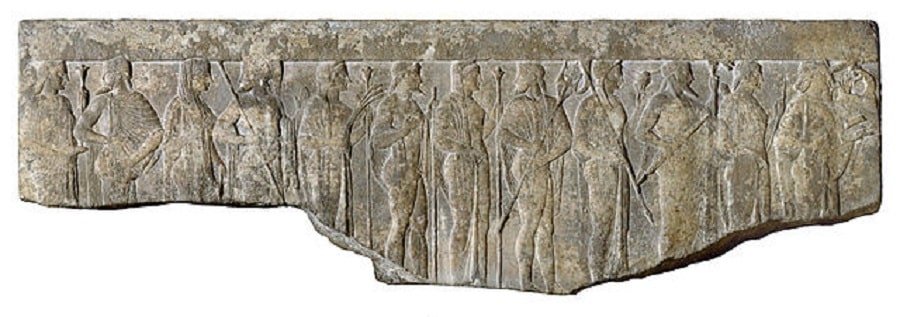
Greek mythology is replete with gods and goddesses, covering every aspect of nature along with the Greeks’ deeply held cultural values. Some recognizable names include Athena, goddess of wisdom and patron of the city of Athens; Hades, the lord of darkness and the underworld; and Hera, goddess of women and family life. Epic poems, such as the Iliad and the Odyssey, recounted the exploits of gods and heroes alike.
Once examples of an extensive Greek oral tradition, these two poems were written down hundreds of years before the Common Era.
READ MORE: The 12 Olympian Gods and Goddesses
Phanes
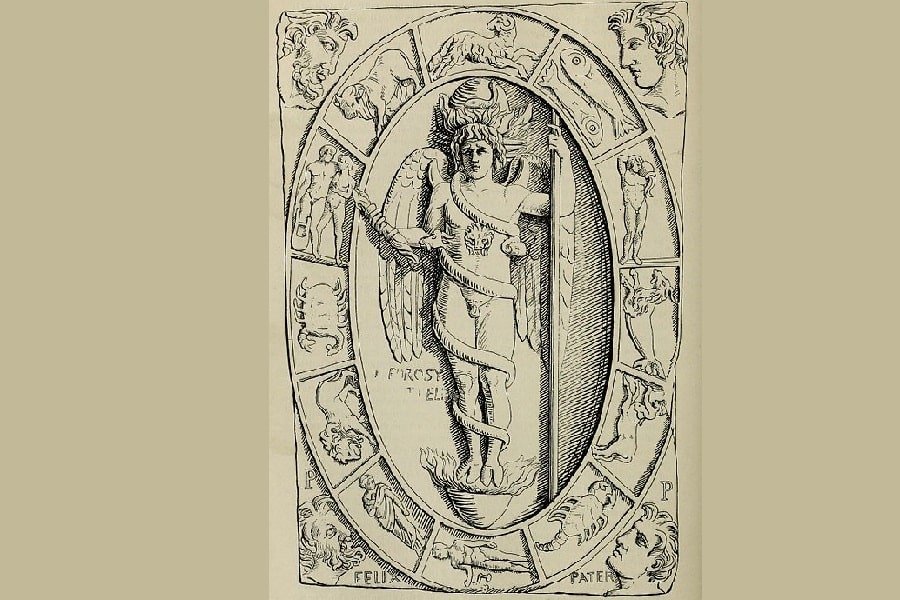
Before the gods of Mount Olympus, there were the Titans. But what–or who–existed before them? According to some Greek stories, Phanes was this source.
An androgynous being, Phanes was worshipped in the Orphic tradition, one of the various mystery religions in ancient Greece. The Orphic origin story details how Phanes arose from a cosmic egg, becoming the first true personality in all of existence. His grandson was Ouranos, the father of Kronos and the grandfather of the gods of Mount Olympus. To the cult of Phanes, the entire Greek pantheon owed its existence to this primordial being.
Interestingly, Phanes does not exist in mainstream Greek mythology at all. According to more mainstream religious texts, Chaos was the first god to be born. After Chaos came Gaia, Tartarus, and Eros. Many Orphic believers associated Eros with their own Phanes, the bringer of life to the universe.
Creation of the Titans

Now we arrive at the origin of the Titans. One early religious text, Hesiod’s Theogony, outlines the genealogy of the Titans in great detail. Ouranos, the original sky deity, was born from Gaia, the mother goddess of the earth.
Disturbingly, Ouranos eventually had children with his mother: the Titans. Kronos, the youngest Titan and the lord of time, became jealous of his father’s power. Spurred on by Gaia, Kronos murdered Ouranos by castrating him. With Kronos as the new divine king, the Golden Age of the Titans had begun.
The Twelve Gods of Olympus
If you have read Rick Riordan’s Percy Jackson and the Olympians series, then you are bound to know the names of the most recognizable gods in all of Greek mythology. The gods of Mount Olympus were the ones most worshiped by the ancient Greeks.
READ MORE: Ancient Greece Timeline: Pre-Mycenaean to the Roman Conquest
Just as the Titans had come from the original gods, the Olympians were born from the Titans. And like their parents, the Greek gods were very similar to humans–beings driven by urges and desires. Sometimes they would even have children with humans, producing demigod heroes with their own abilities.
Most of the Olympians were the direct offspring of Kronos and his wife, the goddess Rhea. As his children grew up, Kronos became increasingly paranoid, fearing a prophecy that they would try to overthrow him just as he had done with his own father.
In an attempt to prevent this from happening, he ate his children, including Poseidon, Hades, Demeter, and Hera. Unbeknownst to Kronos, Rhea had given birth to one final child: Zeus. Disgusted by her husband’s actions, Rhea hid Zeus from him until the young god grew up. Nymphs raised him away from Kronos’ machinations, and the Titan’s paranoia only grew.
Zeus reached adulthood and returned to his parents. He forced Kronos to vomit up his older siblings and rallied the other gods against the Titan king. The following war called the Titanomachy, led to the downfall of the Titans. Now, the king of the gods, Zeus established his stronghold on Mount Olympus, located high in the sky. His older brother Poseidon was given dominion over the sea, while Hades received command of the underworld and the souls of the dead.
As a final side note, not all of the Greek gods and goddesses were children of Kronos. Athena, for example, was the daughter of Zeus.
Aphrodite, the goddess of sex and fertility, is a more complicated case. While the foundational Greek poet Homer wrote that Zeus was her father, Hesiod claimed that she had been born from the sea foam created by the death of Ouranos. This would make her the oldest Greek deity, by Hesiod’s account.
Prometheus and the Dawn of Humanity
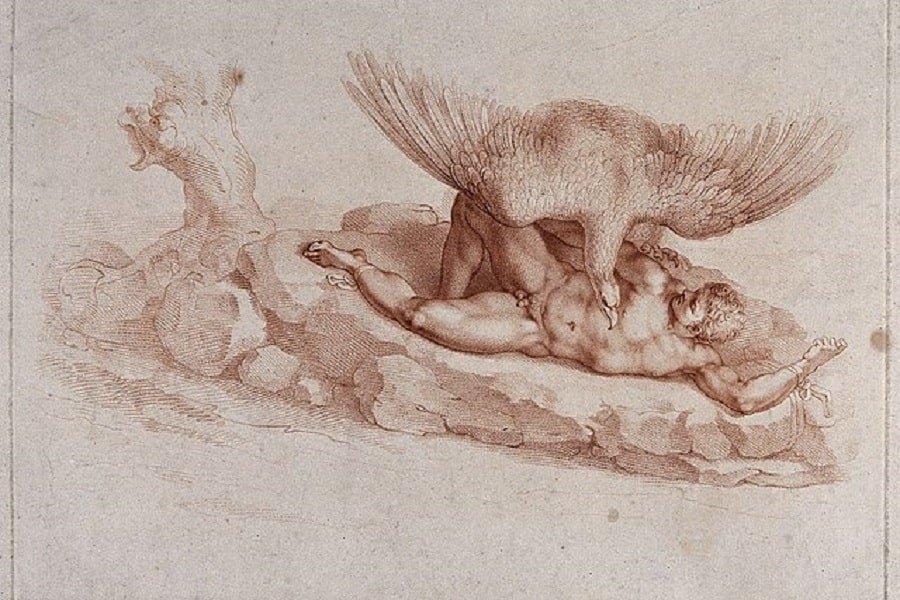
After a long period of war waged in various phases, Zeus firmly established his power as the undisputed ruler of the Greek cosmos. The Titans had been defeated and cast into the darkest reaches of the underworld–all except for one, that is. Zeus largely left Prometheus, the one Titan who had assisted him, alone. For the king of the gods, this would later prove to be a mistake.
The ancient Greeks credited Prometheus with shaping humans out of mud, with Athena giving the newly shaped “humans” their first spark of life. However, Prometheus was a crafty being. He undermined Zeus’ authority by stealing fire from the gods and giving it to humankind as a gift. The incensed Zeus imprisoned Prometheus far away from Greece and punished him for the rest of the time by having an eagle eat away at his always regenerating liver.
According to Hesiod, Zeus also forced Hephaestus, the blacksmith god, to create a woman named Pandora–the namesake of the infamous box. When Pandora opened the container one day, every negative emotion and quality of human existence was released. From this point onward, humankind would be mired in war and death, never again able to rival the gods and goddesses of Olympus.
READ MORE: Pandora’s Box: The Myth Behind the Popular Idiom
Roman God of Life: Greek Influences under Different Names
The case of ancient Roman mythology is a curious one. Rome did develop some of its own unique gods, such as Janus, the two-faced god of passages. The Romans also had a particular myth detailing the rise of their capital city–the legend of Romulus and Remus.
Still, we should not forget just how much the Romans were influenced by their Greek predecessors. They adopted almost all of the ancient Greeks’ central gods and goddesses and refashioned them under new names.
For example, Zeus’ Roman name was Jupiter, Poseidon became Neptune, and the war god Ares became Mars. Specific myths were also repurposed.
As a whole, the Romans based their main gods extremely closely on those of the Greeks.
READ MORE: Roman Gods and Goddesses
Egyptian Gods of Life: Amun-Ra and Aten
The baking hot sun shines down all year on the banks of the Nile River in Egypt. This arid region was the birthplace of one of Africa’s earliest and most complex societies. Its gods and goddesses are just as famous as their ancient Greek contemporaries and their Roman successors.
From Osiris, the god of death, to Isis, the goddess of fertility and magic, Egyptian deities were numerous and multifaceted. Like the Greeks, the Egyptians conceived of their gods as having distinctive personalities and elemental attributes. Every god or goddess had their own strengths.
There were some crucial differences between the two civilizations’ divinities, however. Unlike the Greeks, who largely portrayed their divinities in human form, Egyptians believed in more anthropomorphic gods.
Horus, the lord of the sky, was notably depicted in artwork with a falcon’s head. The goddess Bastet had cat-like attributes, while Anubis, the ruler of the underworld, possessed the head of a jackal. Interestingly, the Egyptians also lacked a patron of the sea equivalent to the Greek Poseidon. We do not know why this was the case. Could it be linked to the arid nature of Egypt’s climate?
Finally, the importance of certain Egyptian gods changed dramatically over the centuries. Sometimes one god or goddess would fuse with another, becoming a hybrid personality. As we will see next, nowhere was this more important than in the case of Amun and Ra, two of the most powerful gods worshiped across all of Egypt.
READ MORE: 35 Ancient Egyptian Gods and Goddesses
Amun-Ra
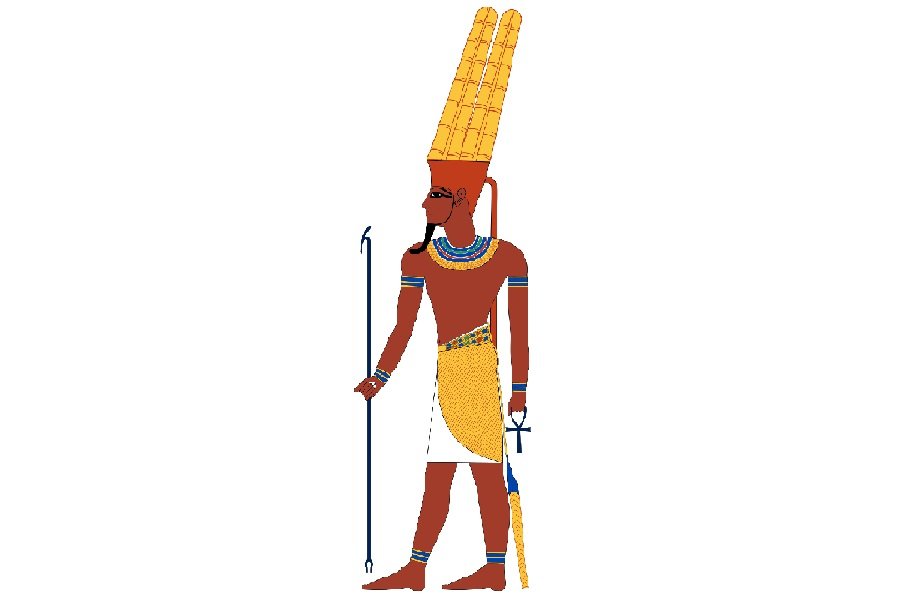
Amun and Ra were originally separate beings. By the New Kingdom era (16th-11th centuries BCE), they had fused into a single god, known as Amun-Ra. The cult of Amun had been centered in the city of Thebes, while the cult of Ra had its roots in Heliopolis. Since both cities were the center of royal power at different times in Egyptian history, Amun and Ra became associated with the pharaohs themselves. The pharaohs thus derived their power from the concept of divine kingship.
Amun-Ra was perhaps the most powerful god we have covered so far. Before him, only darkness and a primordial sea existed. Ra birthed himself from this chaotic environment. He was responsible for the birth of not just the other Egyptian deities, but also humanity via magic. Humankind originated directly from Ra’s sweat and tears.
Aten: Usurper of Amun-Ra?
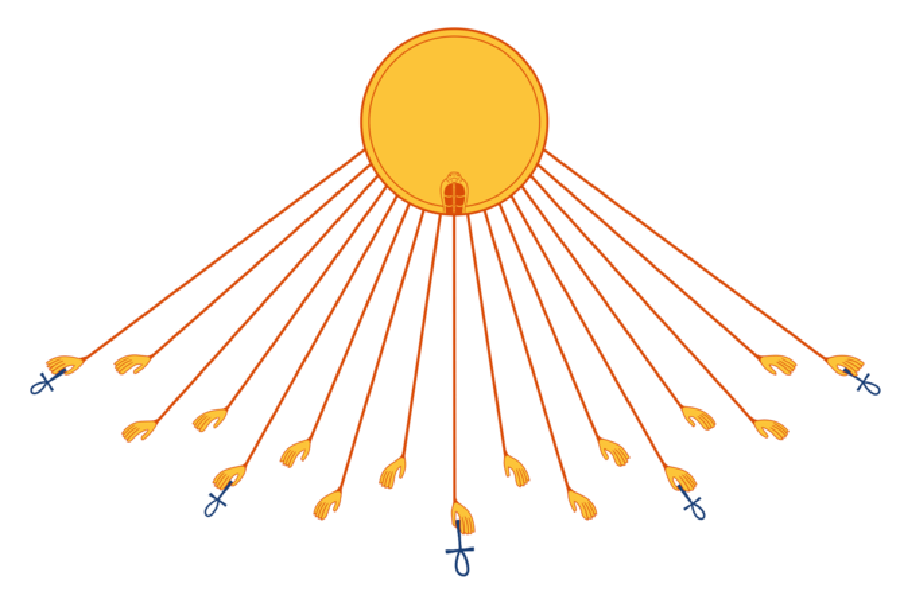
This part of our adventure is admittedly a bit tangential. The title of this subsection might also throw some off. What was Aten, and how did it usurp Amun and Ra? The answer is complicated and inseparable from the story of one of Egypt’s most intriguing pharaohs, Akhenaten.
Akhenaten deserves an article here in his own right. An eccentric king, his reign (called the Amarna period today) saw Egypt officially turn away from the gods and goddesses of old. In their place, Akhenaten promoted the worship of a more abstract deity called the Aten.
Originally, the Aten was just an element of the old sun god, Ra. For some reason, though, Akhenaten declared Aten a god on its own. It represented the solar disk and lacked a humanoid form, featuring prominently in Amarna-era art.
Today, we still don’t know why Akhenaten made such a dramatic change from the old religion. We probably never will know the answer, since the pharaoh’s successor, King Tutankhamun, and his allies destroyed Akhenaten’s temples and erased the Aten from Egyptian records. Aten, then, did not actually usurp Ra for more than a twenty-year period.
The Fifth Sun: Aztec Gods of Life, Time, and Cycles of Existence
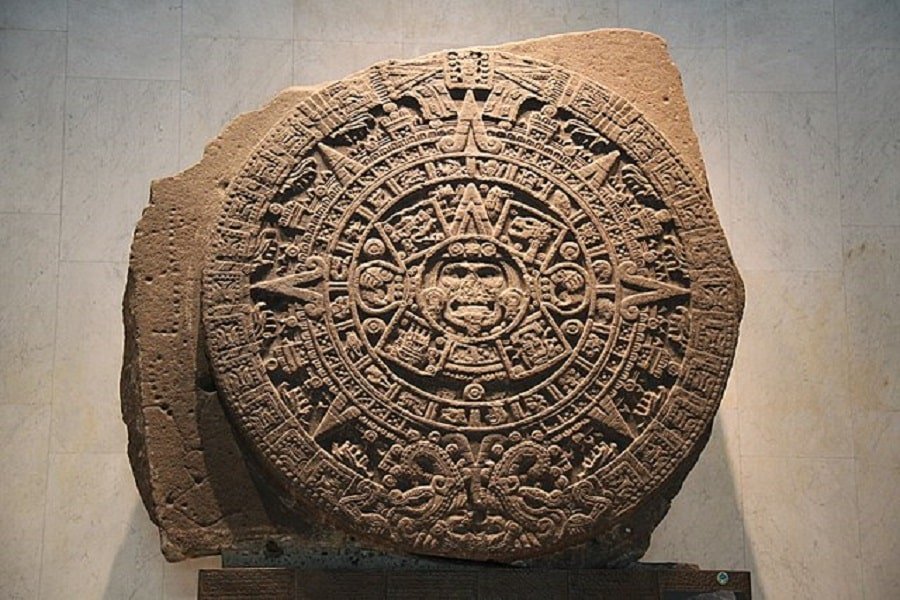
So far, we have focused our attention almost exclusively on the myths of Europe and the Mediterranean region. Let’s change paths here. We cross the Atlantic Ocean for the highlands of south-central Mexico. It was here that the Aztec civilization arose in the fifteenth century. The Aztecs were not the first major culture to take root in Mesoamerica. Others, such as the Toltecs, had existed before them. Many Mesoamerican cultures shared similar religious concepts, most importantly a polytheistic worldview. Today, Mesoamerican civilizations are known to outsiders in large part for their calendars and complex conceptions of time and space.
READ MORE: Aztec Religion
It can be hard to categorize the Aztec culture’s conception of time. Most popular descriptions portray a more cyclical chronology, while at least one scholar has argued that Aztec time was more linear than is usually believed. Regardless of what the Aztecs truly believed, their idea of chronology was at least somewhat distinct from that of contemporary Christian Europe. The Aztecs had a number of origin myths, largely owing to the dominance of oral tradition in their society. Here, we will take a look at the most famous Aztec origin story: the Fifth Sun.
READ MORE: The 13 Most Important Aztec Gods and Goddesses
The Concept of Suns in Aztec Cosmogony
According to this legend, the Mesoamerican world had already changed form four times before. The world of the Aztecs was the fifth incarnation in a series of “Suns” operated on and then destroyed by the gods.
Aztec mythology began with Tonacacihuatl and Tonacatecuhtli, the fertility deity and creator duo. Before molding the world, they gave birth to four sons–the Tezcatlipocas. Each Tezcatlipoca controlled one of the four cardinal directions (north, south, east, and west) and possessed different elemental powers. These sons were responsible for the generation of both lesser gods and humans.
Today, when we think of the Aztecs, one of the first images that comes to mind is a snapshot of human sacrifice. Although this seems gruesome to our modern tastes, it was a critical part of Mesoamerican religion, rooted in its central cosmogony. At the end of one era, gods would sacrifice themselves in a bonfire. This sacrificial death marked a new beginning for the world.
The Fifth Sun was the final era of Aztec time, ended only by the Spanish conquest and mass conversion of Indigenous Mexicans to Roman Catholicism in the sixteenth century.
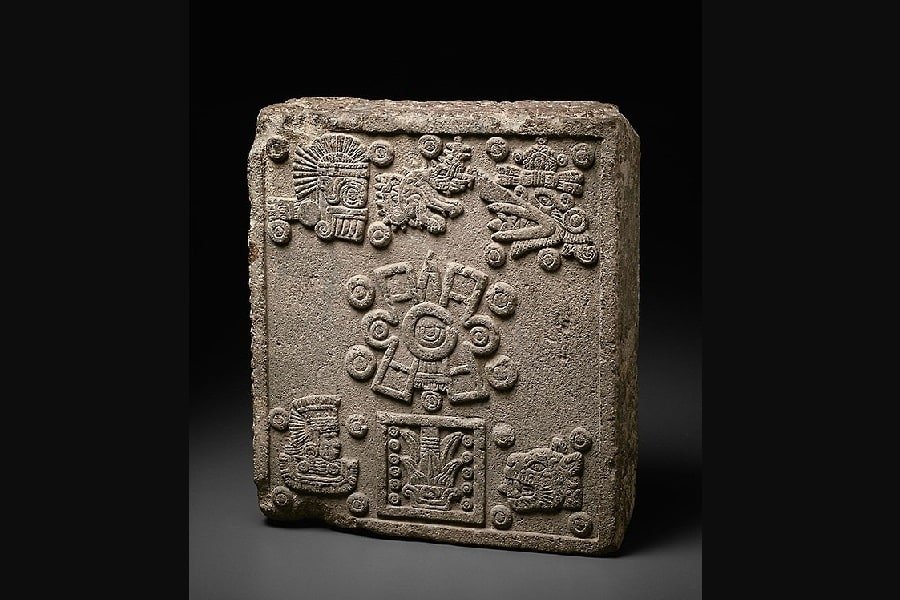
Chinese Gods of Life: More than Just Confucius
China is another interesting case for us to study. For over two thousand years, the largest country in East Asia has been shaped by the philosophy of the sage Confucius and his followers. Confucianism largely ignores the concept of divine beings. At its center, Confucian philosophy is about social relationships and societal duties owed by different classes of people to each other. Ritual is important for one major purpose: to allow the social order to function smoothly. Devotional practices like offerings to the dead are not as intimately tied to deities as in other world religions.
However, we should not forget that Confucianism is not China’s only religious and philosophical tradition. Compared to Christians, Muslims, and Jews, the Chinese have historically been much more pluralistic in their religious duties and sensibilities. Confucian principles have coexisted for much of Chinese history with Daoist, Buddhist, and local folk practices. Our journey in China begins here, with folk and Daoist accounts of the formation of the universe.
READ MORE: 15 Chinese Gods from Ancient Chinese Religion
Pangu: Forging Heaven and Earth
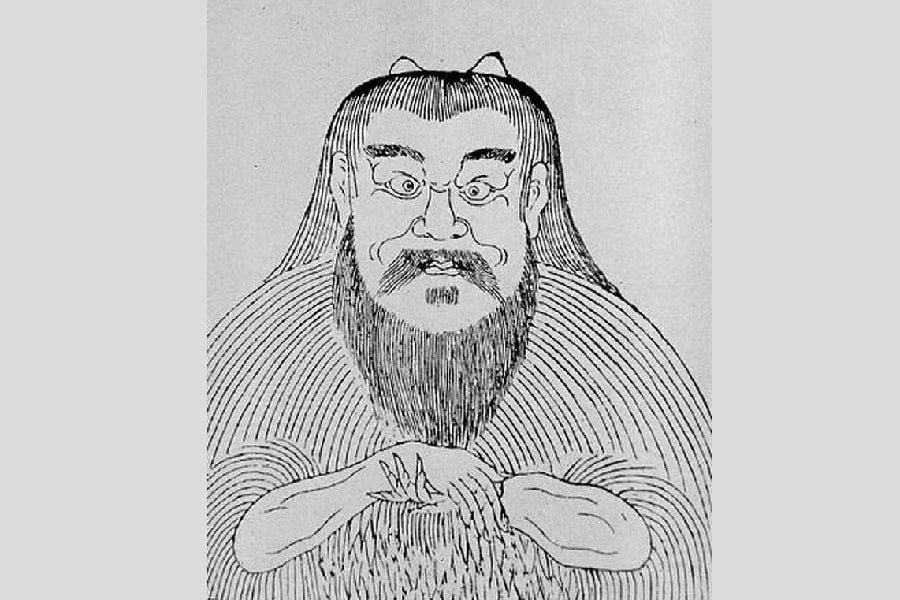
One Chinese myth of origin begins somewhat similarly to that of the Greek god Phanes. Originally written down sometime during the third century, the legend describes the formation of heaven and earth by a being called Pangu.
Like Phanes, Pangu hatched from a cosmic egg amid a swirl of chaos. Unlike the primordial Greek god, however, Pangu was already alive–it was as though the egg were trapping him instead. After breaking out of the cosmic egg, he separated the sky from the earth, standing directly between them like a supportive tower. He stood like this for some 18,000 years before dying in his sleep.
Yet death was not the end for Pangu. The various elements of his body would change the form, becoming the key features of the world as we now know it. From his hair and skin sprang plant life and the stars. His blood became the sea, and his limbs morphed into mountain ranges. The sky came from the top of his head. Pangu had survived death and constructed our world from his body, allowing for life to eventually flourish.
READ MORE: 10 Gods of Death and the Underworld From Around the World
Nüwa: Formation of Humankind
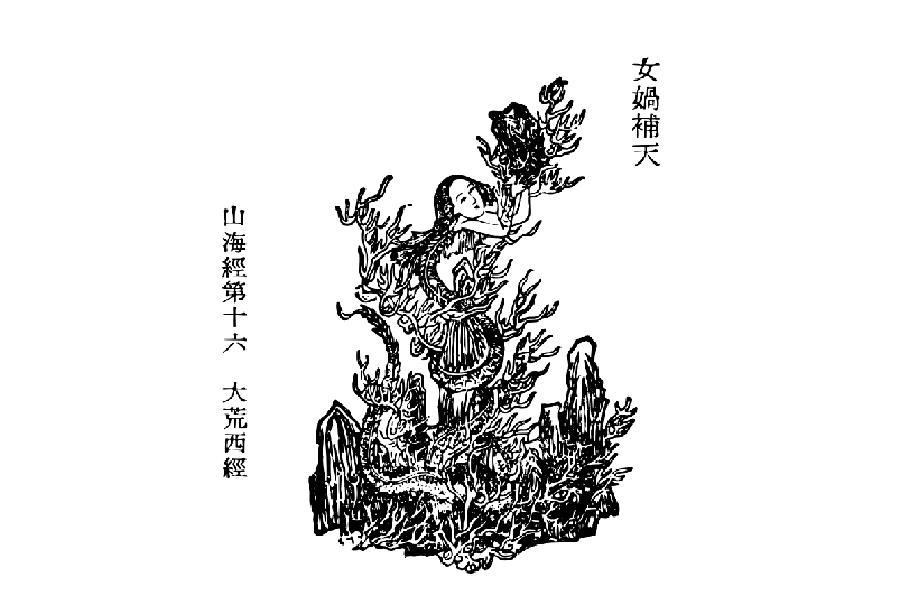
The myth of Pangu is interesting, without a doubt, but what does it say about the origins of the human species? Nothing, at least directly. Instead, the title of humanity’s maker goes to Nüwa, the Chinese goddess of motherhood and fertility. Although Chinese culture has held patriarchal views toward women for thousands of years, that doesn’t mean women are unimportant in Chinese myths. As Nüwa demonstrates, they are an essential pillar of the Chinese worldview and social order.
Nüwa was born to the goddess Huaxu. According to some versions of her origin story, Nüwa felt lonely and decided to make clay figures to occupy her time. She started making them by hand, but after a long time, she got tired and used a rope to complete the task. The different types of clay and mud she used formed different classes of people. Upper-class families descended from the “yellow earth,” while poorer and ordinary people came from the rope and mud. To the Chinese, this story helped to both explain and justify class divisions in their society.